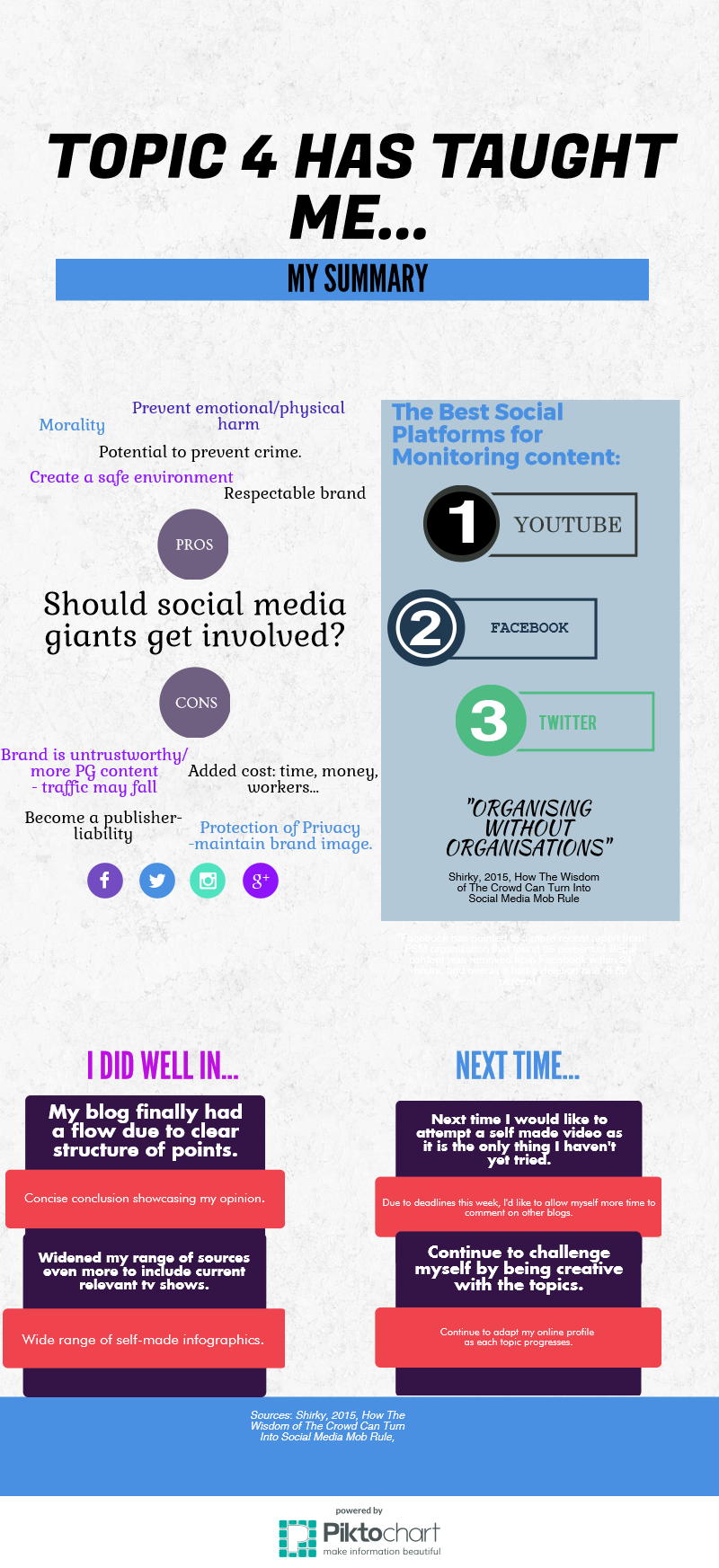
Who controls your computer?
Computers are rapidly encapsulating our lives [1] [2] [3]. With a global industry worth $407.3 billion it is hard to understate the effect that software has on society [4]. But who controls your computer?
A computer performs almost any task by processing a set of instructions known as software. If you control the software, you control the computer. By using proprietary software, the software vendor controls your computing and imposes limits on what you, the user, can do.
Continue reading →














